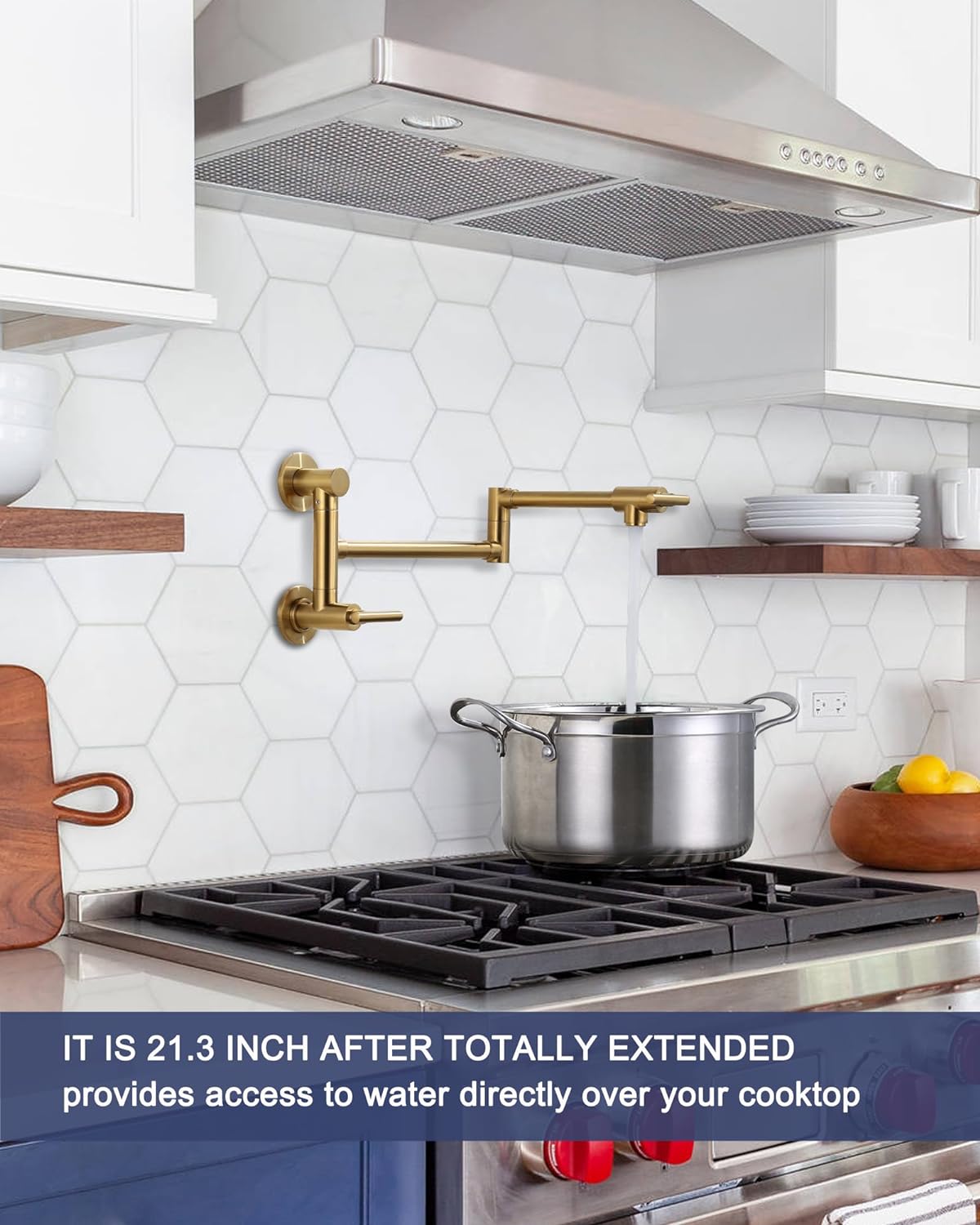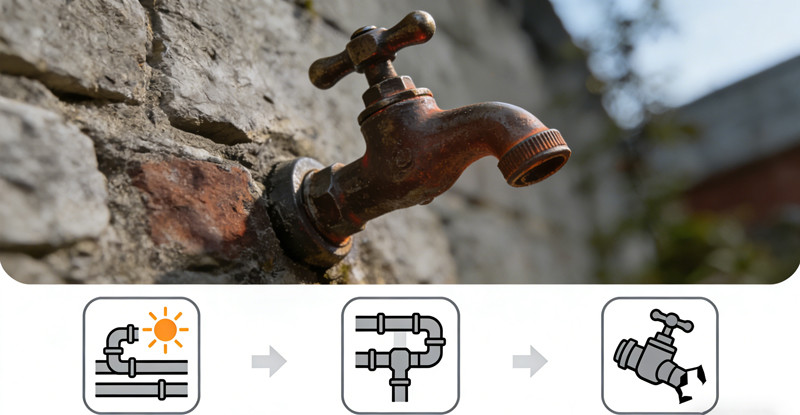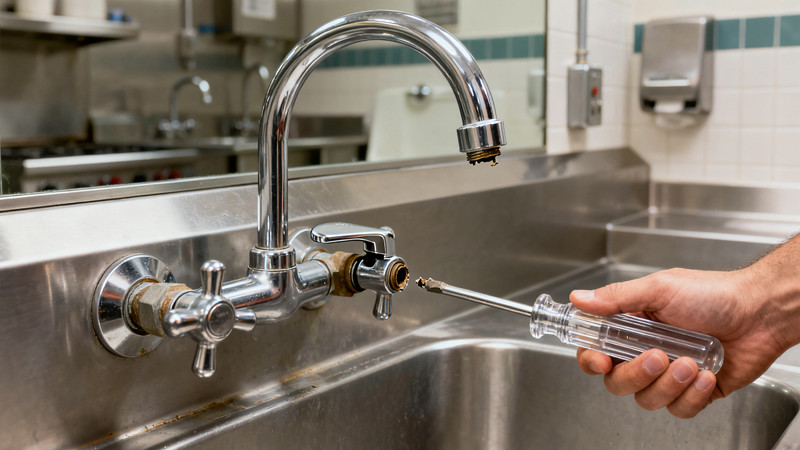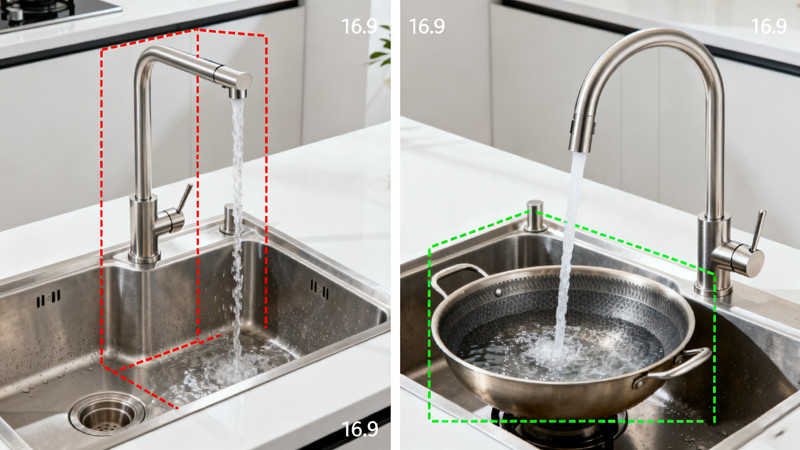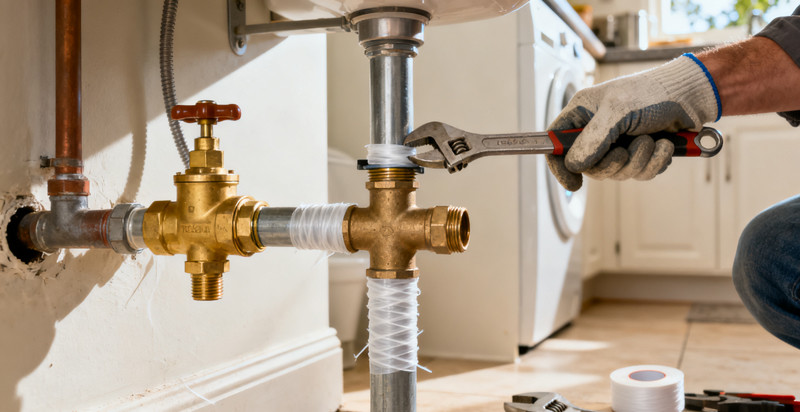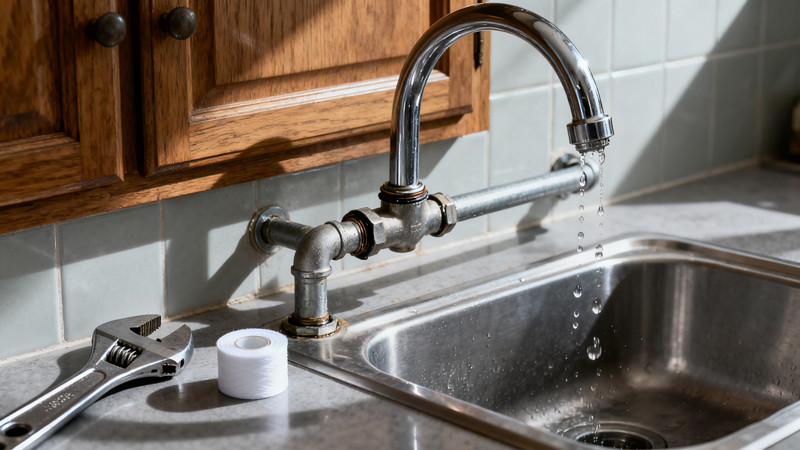![]()
When it comes to preventing water leaks around your faucet, most homeowners immediately reach for a tube of silicone sealant. While silicone is an effective and widely used option, it’s not the only way to keep water from seeping under your faucet base. In fact, there are several alternative materials and techniques that can create a watertight seal without the mess or long curing time associated with silicone. Whether you prefer a cleaner look, an easier cleanup, or a more environmentally friendly option, this guide will show you exactly how to seal your faucet base without using silicone.
Why You Might Want to Avoid Silicone
Silicone sealant has its strengths — it’s flexible, waterproof, and durable. However, it also comes with a few drawbacks. For one, silicone can be difficult to apply neatly, especially if you don’t have much experience with it. Once it dries, it’s also tricky to remove if you ever need to replace your faucet or reseal the area. Over time, silicone may attract mold or discolor, leaving an unsightly ring around your faucet. Additionally, some homeowners prefer to avoid synthetic chemicals or strong odors during installation.
If any of these reasons sound familiar, you’ll be glad to know that there are several effective alternatives that can keep your faucet base dry and secure.
Alternative Materials for Sealing Faucet Bases
Here are a few common substitutes for silicone sealant that work just as well — and in some cases, even better — for sealing faucet bases:
1. Plumber’s Putty
Plumber’s putty is one of the most popular and time-tested alternatives to silicone. It’s a soft, moldable compound that stays pliable and never fully hardens. This makes it ideal for creating watertight seals under sink fixtures like faucets, drains, and strainers.
To use plumber’s putty, simply roll a small amount into a rope shape about the thickness of a pencil. Place it around the bottom edge of the faucet base before setting the faucet into position. As you tighten the mounting nuts underneath the sink, the putty will compress and form a tight seal. Any excess can be easily wiped away with a cloth or your finger. The big advantage here is that plumber’s putty is removable and reusable — you can take your faucet off later without scraping or dissolving hardened residue.
2. Butyl Tape
Butyl tape is a waterproof sealing tape often used in roofing, automotive, and marine applications. It’s made from a rubber-like material that remains sticky and flexible over time. When used under a faucet base, it provides an excellent watertight barrier that won’t crack or dry out.
To apply, cut a strip of butyl tape and press it evenly around the underside of the faucet base. Once installed, tighten the faucet firmly against the sink surface to compress the tape. The butyl will spread slightly to fill any gaps, creating a lasting seal. Because it adheres well to metal, plastic, and porcelain, it’s a great choice for a variety of faucet types.
3. Foam or Rubber Gaskets
Many modern faucets come with pre-cut foam or rubber gaskets that serve as built-in seals. If your faucet didn’t include one, you can buy universal gasket kits that fit most sink openings. These gaskets are simple to use — just place them between the faucet base and sink surface before tightening the mounting hardware. They compress evenly to prevent leaks without any messy residue.
Foam and rubber gaskets are particularly useful if you want a clean, professional appearance around your faucet. They also make it easier to reposition or remove the faucet later without damaging your sink surface.
4. Wax Rings or Wax Rope
Although most commonly used for sealing toilets, wax rings or wax rope can also be applied to faucet bases in a pinch. Wax is naturally waterproof and adheres well to metal and porcelain. To use it, soften the wax slightly with your hands and roll it into a thin strip. Then press it around the faucet base before installation. As with plumber’s putty, the wax will compress when the faucet is tightened, sealing the area effectively. Keep in mind that wax may not perform as well in high-heat areas or with faucets that move frequently.
Step-by-Step Guide: Sealing Without Silicone
Here’s a quick guide to help you apply these alternatives successfully:
- Clean the area thoroughly. Remove any old sealant, dirt, or debris around the faucet opening. A clean surface ensures a proper bond.
- Choose your sealing material. Depending on your preference, use plumber’s putty, butyl tape, or a gasket.
- Apply the sealant. Roll or press the material evenly around the faucet base to form a complete ring.
- Install the faucet. Place the faucet in position and tighten the mounting nuts underneath the sink. Be careful not to overtighten — just enough pressure to compress the sealant and prevent leaks.
- Wipe away excess material. Use a damp cloth to remove any putty or tape that squeezes out from under the faucet base.
- Test for leaks. Turn on the water and check for any signs of moisture around the faucet. If it stays dry, you’ve successfully sealed it without silicone.
Maintenance Tips for a Long-Lasting Seal
Even the best sealants can wear down over time, especially in high-moisture environments like kitchens and bathrooms. To extend the life of your faucet seal, check the base periodically for signs of leaks or discoloration. If water starts to pool or you notice residue buildup, it might be time to reseal the area. Fortunately, with plumber’s putty or a gasket, this process is quick and easy — no scraping or harsh chemicals required.
Conclusion
You don’t need to rely on silicone to achieve a clean, watertight seal around your faucet base. Alternatives like plumber’s putty, butyl tape, gaskets, and wax rope offer easy-to-use, removable, and reliable solutions that can save you both time and effort. They’re especially useful for DIYers who prefer less mess and greater flexibility. By understanding these options and applying them correctly, you’ll ensure your faucet stays leak-free and looks great for years to come — all without touching a single tube of silicone.
 WOWOW Faucets
WOWOW Faucets
